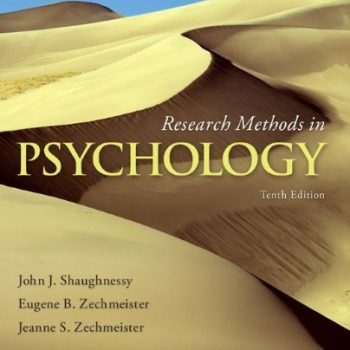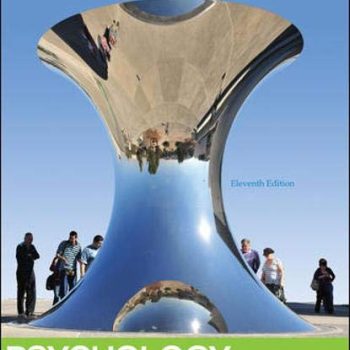Test Bank For Abnormal Psychology and Life A Dimensional Approach 3rd Edition by Chris Kearney
|
1. In the DeShawn case described in the beginning of the chapter, DeShawn, a 21-year-old student, was described as possibly having a series of problems associated with a. cocaine. b. alcohol. c. sex. d. family. ANSWER: b DIFFICULTY: easy REFERENCES: Case: DeShawn OTHER: TYPE: factual |
|
2. The model of mental health that sees varying levels of symptomatology on a spectrum between health and disorder depending on levels of stress and predisposition is known as the a. integrative model. b. medical model. c. psychosocial model. d. diathesis-stress model. ANSWER: d DIFFICULTY: easy REFERENCES: The Diathesis-Stress Model OTHER: TYPE: factual |
|
3. Diatheses are a. solely environmental. b. a result of interpretation. c. genes that control disease onset. d. biological or psychological. ANSWER: d DIFFICULTY: moderate REFERENCES: The Diathesis-Stress Model OTHER: TYPE: factual |
|
4. Which of the following statements is TRUE? a. A diathesis is a vulnerability to a certain disorder, but this does not mean a person will necessarily develop that disorder. b. A diathesis may arise from either a predisposition to a disorder and stress factors, but not a combination of both. c. A diathesis cannot affect a person’s perception of stress, only the level and type of stress itself. d. A diathesis affects only the internal physiological structures of a person, not his or her external behaviors or experiences. ANSWER: a DIFFICULTY: moderate REFERENCES: The Diathesis-Stress Model OTHER: TYPE: factual |
|
5. When DeShawn experiences the strong belief that alcohol will make him more social, he experiences a(n) a. biological predisposition. b. expectancy predisposition. c. psychological predisposition. d. psychosomatic predisposition. ANSWER: c DIFFICULTY: easy REFERENCES: The Diathesis-Stress Model OTHER: TYPE: conceptual |
|
6. Biological or psychological diatheses do not guarantee one will develop disorders like alcoholism or depression. A diathesis is best understood as a(n) a. vulnerability. b. disposition. c. stressor. d. impulse. ANSWER: a DIFFICULTY: easy REFERENCES: The Diathesis-Stress Model OTHER: TYPE: conceptual |
|
7. According to the diathesis-stress model, ____ is(are) needed to produce psychological problems. a. a predisposition b. stressors c. both predisposition and stress d. neither predisposition nor stress ANSWER: c DIFFICULTY: easy REFERENCES: The Diathesis-Stress Model OTHER: TYPE: factual |
|
8. According to your text, the combination of ____ and ____ will result in the most symptoms of alcohol abuse. a. predisposition; high stress b. predisposition; low stress c. predisposition; moderate stress d. genetic vulnerability; predisposition ANSWER: a DIFFICULTY: easy REFERENCES: The Diathesis-Stress Model OTHER: TYPE: conceptual |
|
9. Predispositions and stressors, like many human characteristics, a. occur on a continuum. b. are an all-or-none phenomenon. c. are universal for all people. d. can be reduced to CNS activity levels. ANSWER: a DIFFICULTY: easy REFERENCES: The Diathesis-Stress Model OTHER: TYPE: factual |
|
10. Regardless of individual differences, a. outcomes are always predictable. b. predispositions and stress always interact. c. psychiatry will have appropriate medication. d. the levels and magnitudes of factors are unimportant. ANSWER: b DIFFICULTY: moderate REFERENCES: The Diathesis-Stress Model OTHER: TYPE: conceptual |









Reviews
There are no reviews yet.